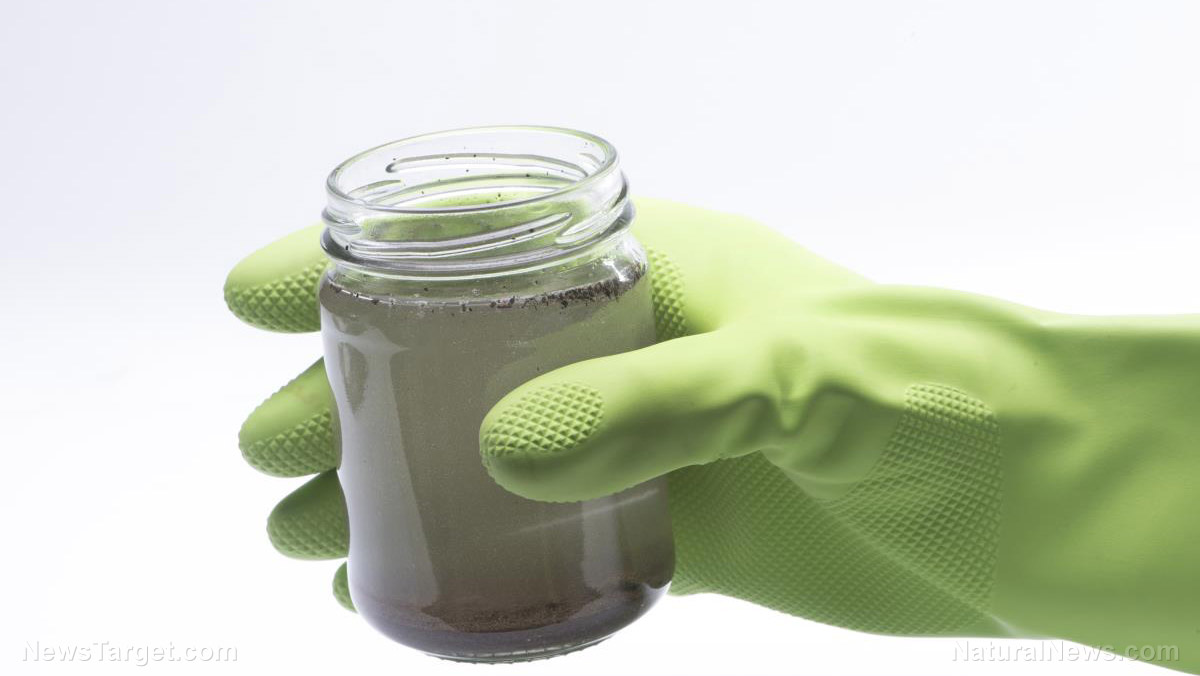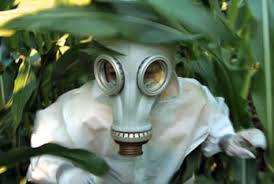Your water may not be safe to drink: Here’s how to test it
06/27/2019 / By Stephanie Diaz

Water is essential to life. Humans can survive for three weeks without food, but only seven days without water. It’s even more important for a prepper who wants all of his or her bases covered. What’s terrifying is even today, water is not safe – contaminated drinking water is a danger to everyone, not just people in third world countries or places like Flint, Michigan. In general, it is good practice to know how to test water for contaminants. After all, even before SHTF, the threat of unsafe drinking water looms.
A surefire sign that water is not clean is when it is not crystal clear. Contaminated water is turbid and hazy. Water that is murky, depending on the color, usually indicates the presence of manganese, iron, and copper. But even if water is crystal clear, undesirable substances may still be present. So be sure to check for off odor and taste such as a rotten egg smell, strong chlorine or metallic taste, and turpentine taste.
Contaminants in trace amounts cannot be detected by visual inspection
Testing for fluoride, arsenic, nitrate, and residual chlorine should be prioritized. High levels of these chemicals are detrimental to human health. Testing for pH is equally important since it is indicative of some contamination. (Related: Water is life: 10 Ways to purify water when SHTF.)
There are several low-tech field test methods available on the market and they fall into three categories: test strips, color disk kits, and hand-held digital instruments.
Test strips
Test strips use single strips of paper or plastic that change color upon contact with a liquid sample. Test strips are simple and easy to use but do not necessarily provide quantitative results. Some test strips can only determine the presence or absence of a contaminant.

Litmus paper, for example, changes in color depending on the pH of the sample. A blue litmus paper will turn red if the sample is acidic and will turn purple if the sample is neutral. Water’s natural pH is 7. Anything above 7.5 and below 6.5 is to be wary of.
Presence of residual chlorine and arsenic can be determined through test strips.
Color disk kits
Color disk kits are a bit more complicated than test strips but provide more accurate results. It involves mixing a sample and a liquid or powdered reagent in a test tube. The test tube is then placed in a box with a rotating color disk. The concentration of the contaminant is determined by matching the color of the sample to the disk.
There are color disk kits available for fluoride. The United States Environmental Protection Agency (EPA) recommends that fluoride in drinking water should not exceed 4 mg/L. Well above this dose can lead to an increased risk for cardiovascular disease and thyroid disorders.
Color disk kits are also available for nitrates.
Hand-held digital instruments
The most accurate way to test samples is through hand-held digital instruments, like colorimeters and refractometers. They are portable, lightweight, and provide accurate results.
Digital meters are available for nitrates. Increased levels of nitrates are attributed to agricultural and human waste. Moreover, they may cause brain damage to infants. The federal standard for nitrates is 10 mg/L.
ICP-MS
Inductively coupled plasma mass spectrometry (ICP-MS) is a type of mass spectrometry, which is an analytical technique designed to detect most elements. It can determine even the most minute concentration of contaminants. It is widely used in industries such as environmental and food testing.
ICP-MS can detect trace amounts of copper. Several studies confirm the presence of copper in drinking water. Exposure to elevated levels of copper can cause major health problems such as kidney failure and anemia.
These instruments are readily available now and should be added to your arsenal. The Health Ranger Store‘s very own Heavy Metals Analysis from the internationally accredited laboratory CWC Labs can test a variety of samples – from water, soil, dietary supplements to hair – for toxic heavy metals and other elements.
Preparing for the worst is not a race and has no deadline — being always prepared is the primary idea behind prepping, and there is no reason not to start at this very moment.
For more information about harmful chemicals and their effect on human health, visit Toxins.news.
Sources include:
Submit a correction >>
Tagged Under:
This article may contain statements that reflect the opinion of the author





















